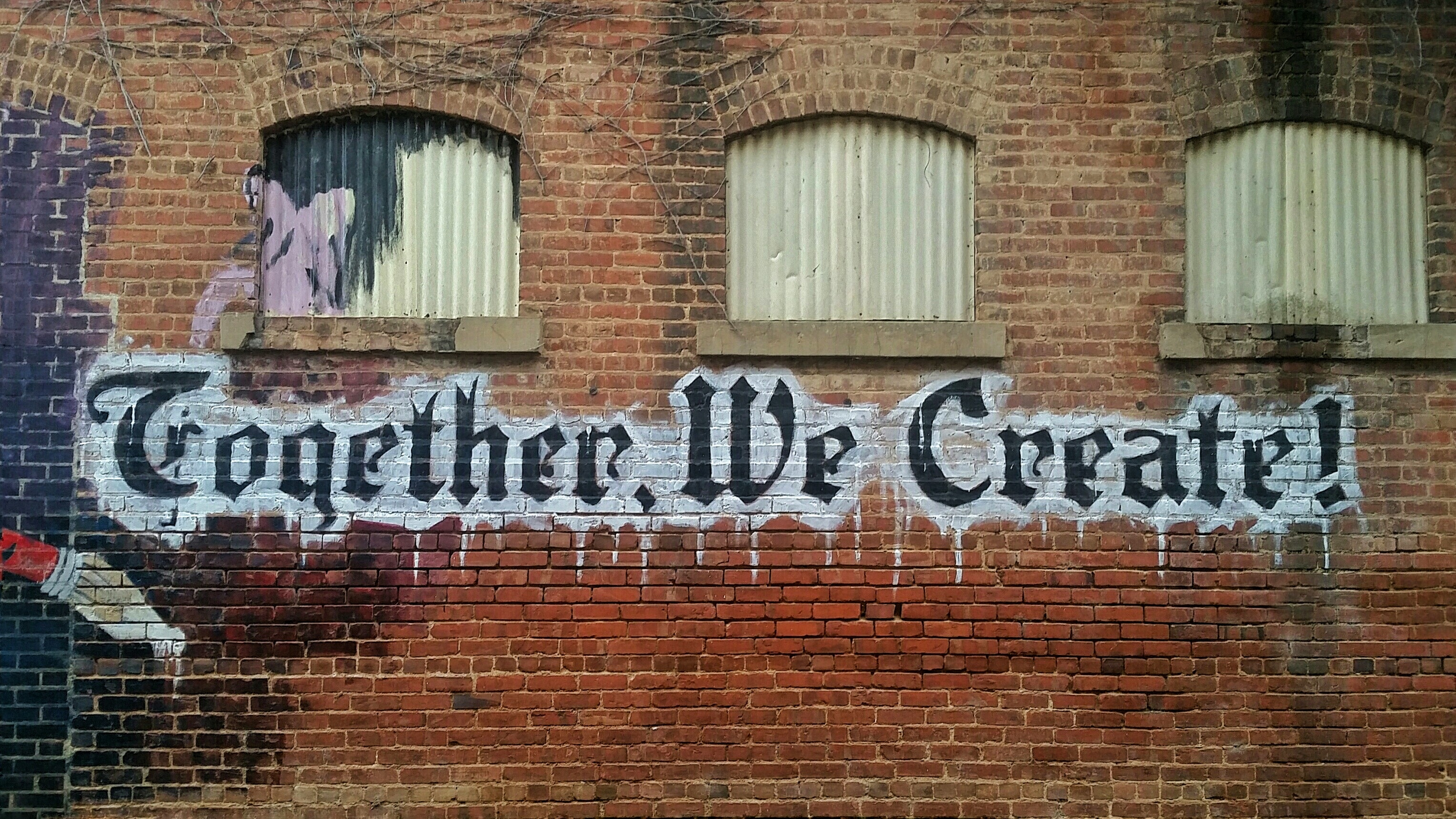A couple of weeks ago, I headed to Birmingham for the Good Finance Live event on social investment to meet experts, social investors, not-for-profits that had accessed social investment and, hopefully, to bring some useful information and ideas back to Dudley borough.
I’ve become increasingly interested in social investment opportunities that may be appropriate for some not-for-profits in Dudley borough, and I think there’s untapped potential there and it seems to be growing, judging by the number of social investors brought together at the event.
I should say that social investment won’t be for every organisation because of its repayable nature. For instance, it wouldn’t suit an organisation that provides free services because that organisation would find it difficult to raise enough money to pay off the investment. But for an organisation that has something to trade, be it facilities for hire, goods, merchandise or services to sell, social investment could be a feasible source of finance to help it develop. As I’m seeing more requests for support around social enterprise development and community asset transfer, repayable finance might be an appropriate option for these types of organisation (a social enterprise is set up to trade to achieve its social or environmental purposes and an organisation with facilities might be able to generate an income from hiring them out).
So what did I get from the day?
Generally speaking, social investment is repayable finance where the investor wants to receive a social return as well as a financial one. But within that, there are many different types of social investment. The conference centre at BVSC was packed with different social investors that support charities and social enterprises. Between them, they provide a whole range of social investment options, such as:
- secured loans
- unsecured loans
- community shares
- social impact bonds
- blended finance
- equity
- social investment tax relief (SITR)
A mind-boggling array of options that may sound very daunting. You can find out more about them here on the Good Finance website.

On top of that, while some investors offer general support to any type of not-for-profit, there are some that are interested in certain areas of work or themes, like:
- Nesta Arts and Culture Finance
- PICNIC – which is interested in delivering social and environmental impact in parks and green spaces
- Sporting Capital – which supports organisations that help communities through sport and physical activity
- Homeless Link – which supports organisations that aim to reduce homelessness
As well as meeting social investors, it was incredibly helpful to meet and hear from organisations that had been successful in raising one or more kinds of social investment. Particularly inspiring were contributions from:
- Wellington Orbit, a cultural hub owned by the community who raised finance through a community share offer and incorporated social investment tax relief SITR into its funding mix in order to open a community cinema and cafe bar
- Creative Optimistic Visions CIC, run by the passionate Stacey who shared her journey from setting up her CIC from scratch, being supported through UnLtd finance and mentoring to taking on blended finance, allowing the CIC to employ staff and expand its work
These examples really demonstrated that social finance is not only for large organisations and already well-resourced organisations.
If you’re interested in finding out more about social finance, I’d always recommend learning from other organisations that have gone through it. Many will be happy to share their experiences and learning with you. As well as the two listed above, a couple of months ago I posted about Stretford Public Hall, which ran a successful community share offer.
I’d also recommend starting with the Good Finance website, which is packed with tools and resources to help you decide whether social finance is a good option for your organisation and what social finance options might be most appropriate. It’s a great source of information.
Finally, I’m doing some work behind the scenes to increase knowledge and understanding of social finance in the Dudley borough. This might include sharing more information about social finance, increasing our skills and bringing in experts who can give support and encouragement. If you’re interested in learning more, or getting involved in any initiatives around social finance in Dudley, please let us know and we can keep you informed.










